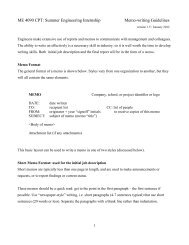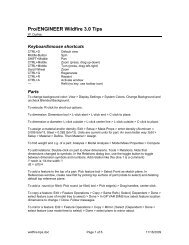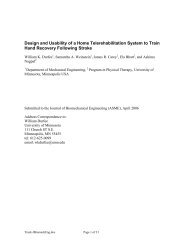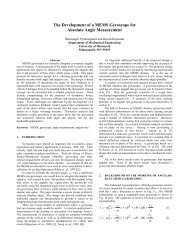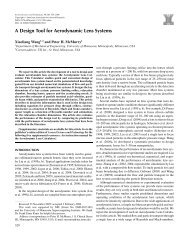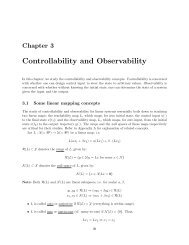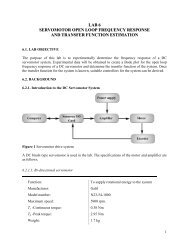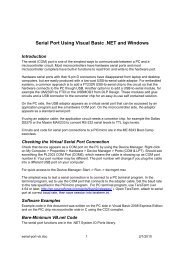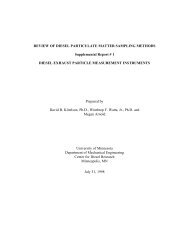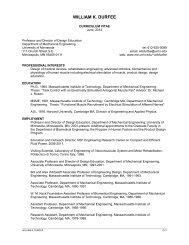Review of diesel particulate matter sampling - Department of ...
Review of diesel particulate matter sampling - Department of ...
Review of diesel particulate matter sampling - Department of ...
You also want an ePaper? Increase the reach of your titles
YUMPU automatically turns print PDFs into web optimized ePapers that Google loves.
Exhaust Sampling Conditions<br />
Relative Humidity and Temperature <strong>of</strong> Dilution Air<br />
Recent studies have investigated the impact <strong>of</strong> the relative humidity and temperature <strong>of</strong> the air<br />
used to dilute <strong>diesel</strong> exhaust during <strong>sampling</strong> for particle measurement or in the environment<br />
for on-highway studies.<br />
Weingartner, Burtscher, and Baltensperger (1997b) performed a fundamental study on the<br />
hygroscopic properties <strong>of</strong> <strong>diesel</strong> particles. The study included generating <strong>diesel</strong> particles<br />
under different engine conditions, conditioning the particles to change their hygroscopicity,<br />
and then varying the relative humidity and measuring the effects on particle size and number.<br />
Results included:<br />
• When particles were dried, exposed to higher humidity and then re-dried, they shrank with<br />
subsequent exposure to higher humidity levels.<br />
• When particles were not dried, they grew with increasing relative humidity.<br />
• When particles were not dried and the fuel sulfur concentration was increased, more<br />
growth <strong>of</strong> the exhaust particles with increasing relative humidity was seen.<br />
• Particles generated under idle conditions shrank with increasing relative humidity even<br />
with high sulfur fuel. Investigators attributed this to increased organic fraction <strong>of</strong> particles<br />
generated at idle acting as a barrier to water.<br />
• Particles generated under load that were treated with ozone and ultraviolet light formed a<br />
bimodal number distribution with the new peak in the nuclei mode at about 30 to 40 nm.<br />
• When a filter was used to remove the <strong>diesel</strong> particles and the remaining gas phases were<br />
treated with ozone and ultraviolet light, a nuclei mode <strong>of</strong> particles appeared with the peak<br />
also at about 30 to 40 nm. The investigators believed gaseous constituents were<br />
nucleating to form nuclei particles.<br />
• When the exhaust was not treated and no filter was used, the exhaust had a single peak at<br />
about 90 nm in the accumulation mode size range.<br />
These results demonstrate that particle composition including organic fraction and sulfur,<br />
particle hygroscopic properties, and the relative humidity <strong>of</strong> the aerosol in the environment or<br />
laboratory dilution conditions may change the measured exhaust aerosol properties. Testing<br />
conditions for this study were not representative <strong>of</strong> dilution conditions <strong>of</strong> <strong>diesel</strong> exhaust in an<br />
on-highway setting. However, changes in particle number and size measured with changing<br />
relative humidity and particle hygroscopic properties indicate humidity in the environment or<br />
dilution air in a laboratory setting could play a role in affecting <strong>diesel</strong> exhaust particle<br />
formation and transformation.<br />
Shi and Harrison (1997) also reported finding effects <strong>of</strong> relative humidity <strong>of</strong> dilution air on<br />
particle number concentration and size. Increasing dilution air humidity increased the peak<br />
diameter <strong>of</strong> the particle number concentration and total particle number and volume<br />
concentrations. (These results are currently unpublished and were presented at a nanoparticle<br />
measurement workshop. No further details were provided.)<br />
01/14/99 Page 48



